Helmets have historically been an essential component of every single type of military uniform. Even before our ancestors understood how to manufacture copper or bronze, they were already protecting their heads by creating primitive helmets out of leather or a combination of leather and wood. This desire is very natural, given how important it is always to put the health of the head first.
As time went on, many changes were made to helmets, particularly as the Iron Age arrived and metals became easier to get. Some of these adaptations are so intricate or attractive that they can be considered works of art in and of themselves. The following is a compilation of medieval helmets that soldiers wore in the past.
1. Barbute helmet
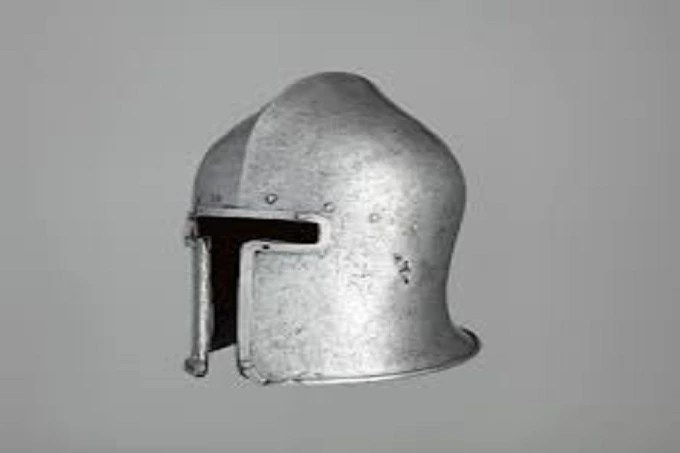
Ancient Greek soldiers employed it as a component of their defensive tactic. At the very least, this is the type of defense that the hoplites used, typically with an easily recognizable “T” or “Y” shaped opening for the eyes and mouth. This is an Italian army helmet from the 15th century. It does copy old hoplite helmets; however, it does not copy everything about them; instead, it copies the Y-shaped design. Infantry soldiers were the primary users of these types of helmets during the late Middle Ages, which were only popular in Italy.
In many barbutes, there is a low ridge from front to back that is raised from the top of the skull of the helmet; this was done to strengthen the helmet without adding a large amount of weight.
2. Armet
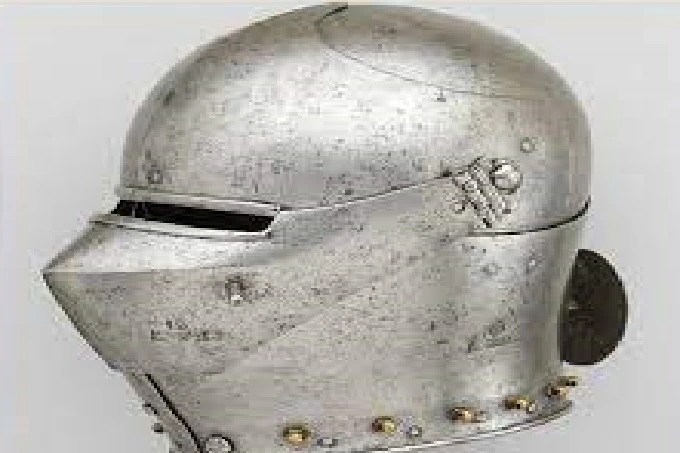
The image of a closed helmet with a slit for the eyes is the first thing that comes to mind when we think of the equestrian knights who fought in the Middle Ages. Armet is the name given to this type of helmet, which did not become common until the 14th or 15th century. It enjoyed great popularity in Italy, France, England, the Low Countries, and Spain.
The armet may have had two separate elements that could have pivoted, consisting of an upper visor that rested on the back of the head and a chinstrap formed from two unfolding halves connected by a pin when the armet was closed. Both of these elements could have pivoted independently from one another. Because this helmet protected not only the head but also the neck of the wearer, an ordinary arrow shot from a great distance would not even be able to scratch the armor. This makes it one of the most protective helmets available.
3. Spangenhelm
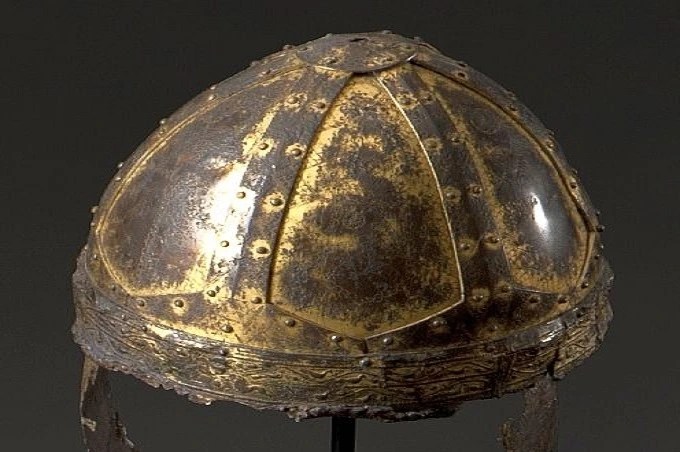
These helmets were a popular choice for protection in medieval warfare across Europe. They originated between the Roman Empire’s collapse and the Norman invasion’s beginning. The word “helm” comes from the helmet and “Spangen,” which refers to the metal strips that form the framework of the helmet and might also be rendered as “braces.” The conical frame contained strips connecting three to six plates made of steel or bronze.
These helmets may or may not have a face mask and may or may not have chain mail for the back of the neck. The spangenhelm was a form of protection that was efficient and not too difficult to manufacture.
4. Bascinet
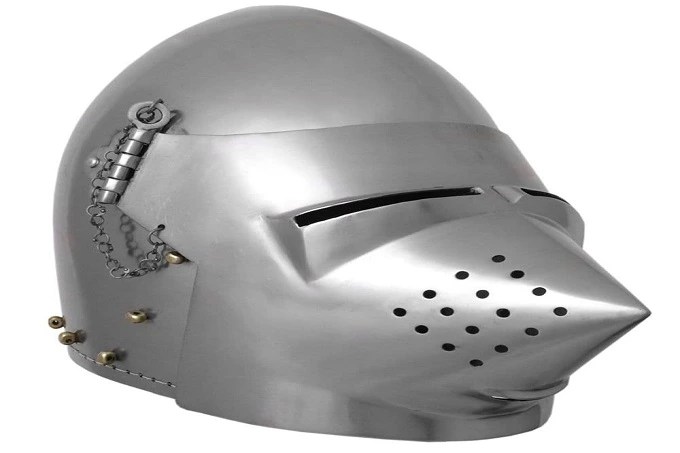
The bascinet was a type of open-faced fighting helmet common in medieval Europe. It developed from a form of iron or steel skullcap, but the peak of the skull was more pointed, and it extended downward at the back and sides to provide protection for the neck. In order to protect the throat, the neck, and the shoulders, a mail curtain, also known as an aventail or camail, was typically connected to the lower edge of the helmet.
A visor, also known as face protection, was frequently used to shield the exposed face from the elements. The camail was gradually replaced by a gorget made of plate metal from the beginning of the fourteenth century, which led to the development of the so-called “great bascinet.”
5. Great helm
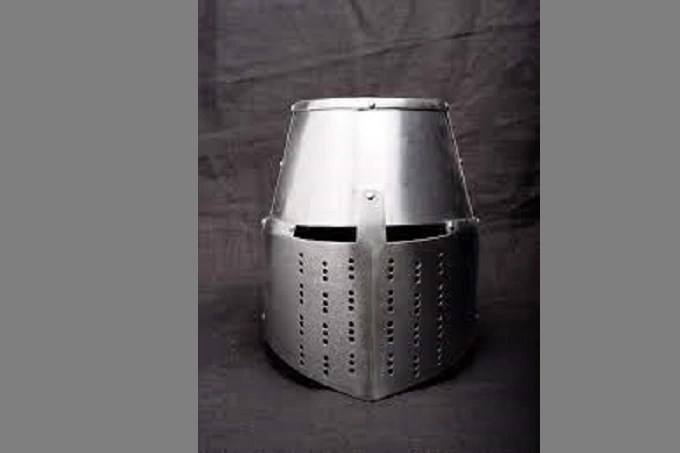
The great helm, also known as the pot helm, the bucket helm, and the barrel helm, were helmets for use in cavalry combat that first appeared toward the end of the 12th century. They featured a simple crown construction and were made of a collection of plates, a forepaw plate, and a back piece.
In addition to having openings for the eyes, the great helm also had perforations in the cheek region, which made it easier for the knight to take breaths while wearing it. Despite this, great helms were extremely unpleasant due to the limited sight slit and poor ventilation. Nevertheless, it was a sign of that era and offered a significant degree of protection.
6. Frog-mouth helm
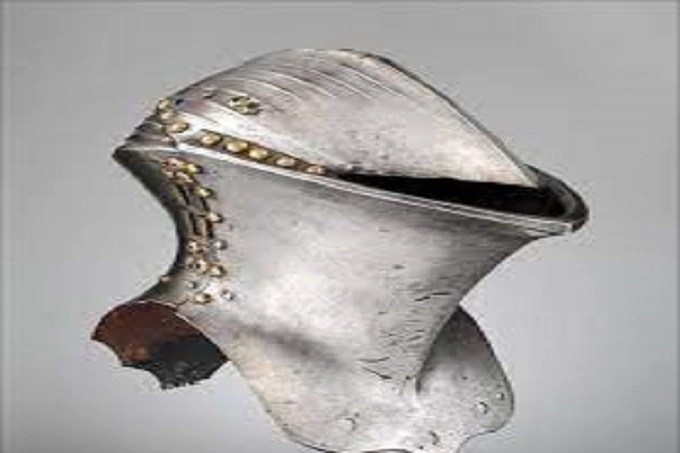
This protective helmet was more commonly referred to as a Stechhelm during the Middle Ages, even though this word is somewhat unofficial. It first appeared around the 15th century and lasted until the beginning of the 16th century.
Even though it has a history of being one of the weirdest and most uncomfortable helmets, just like the great helm, the fact that it is so amazing should not be discounted. The helmet resembling a frog’s mouth was rarely worn on the battlefield, but it was common for mounted knights to compete in tournaments while wearing it. Because the rider needed to lean forward and stare at the enemy when galloping, that necessity determined this form. If a spear hit the rider, the rider’s eyes would be protected from the pieces of the spear.
7. Kettle hat
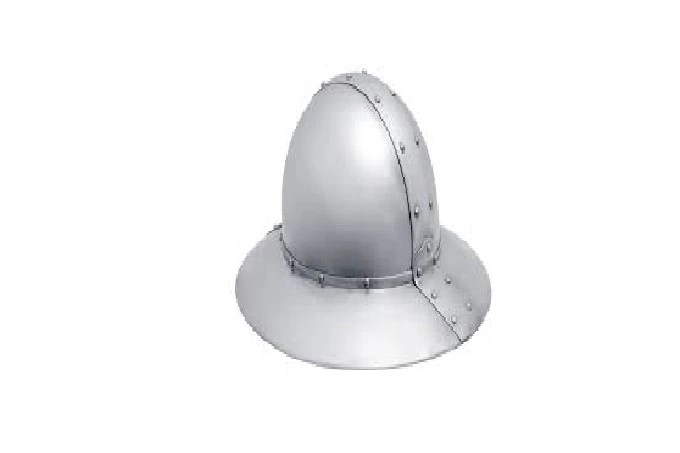
The kettle hat was also known as Eisenhut and chapel de fer, both of which mean “iron hat.” Its appearance, strikingly similar to that of a cooking pot, kettle, or cauldron, inspired its name. These Helmets invariably featured a wide brim and an open front, occasionally worn with a coif underneath. This type of helmet was common throughout the whole of the Middle Ages. Infantrymen preferred to wear it because it offered superior defense against blows from above, such as those delivered by riders, and it kept the wearer’s face shaded from the sun.
These helmets saw service not just during the war but also in other environments, such as mining, where the brim served an important protective function against flying rocks and sand. In times past, these helmets were constructed up of many steel plates. Around the 13th century, they began to make the kettle hat out of a single piece of steel.
8. Kabuto
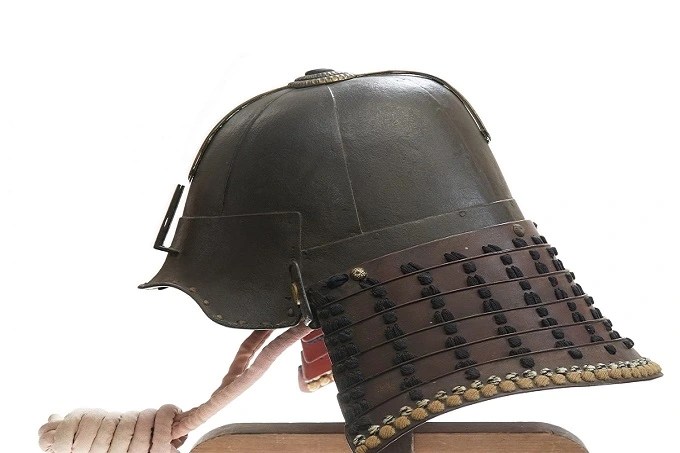
Kabuto first emerged in the fourth century but did not acquire its distinct appearance until the 12th century. It is possibly the most recognized part of traditional Japanese armour, which has changed very little for centuries.
The shape of a kabuto is often hemispherical, and its construction typically involves many riveted metal plates or leather reinforced with metal inlays. Plates that protected the neck were also fastened to the back of the helmet. Typically, the upper portion of the kabuto worn by noble samurai would be framed by a crested figure of kuwagata. This figure would form flat horns made of gold or copper. Some samurai wore a so-men or mempo face, which was either a human face or the face of a demon with horrific features.
9. Turban helmet
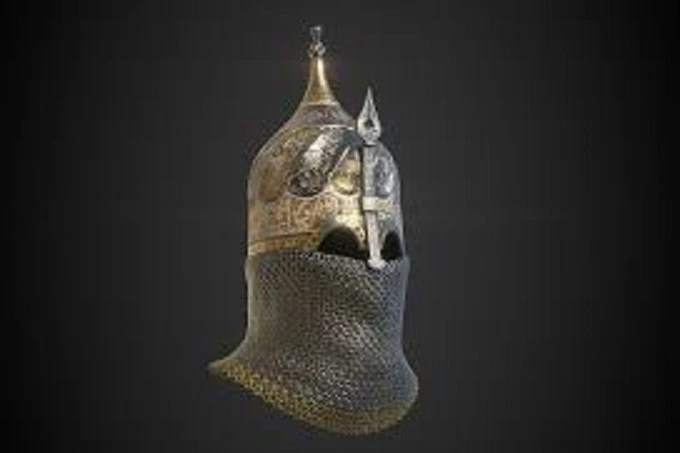
This conical cylinder helmet was most likely made in what is now the country of Iran; nevertheless, other historians think that it originated in Turkey. In any case, the turban helmet, which first appeared around the 15th century, became unmistakably identified with the East due to the huge military campaigns conducted by the Ottoman Empire, which was responsible for the conquest of a significant portion of Europe.
Unlike many of its European counterparts, the turban helmet served not only the practical function of protecting the head and neck but also as a decoration for the warrior, as the metal was frequently melted in imitation folds of cloth. This was the case because the turban helmet protected not only the head and neck but also the head and neck. In addition, there were pictures or inscriptions engraved on the helmet. The chainmail that was worn over the neck and shoulders added an extra layer of defence to the wearer’s armour.
10. Norman or Nasal Helmet
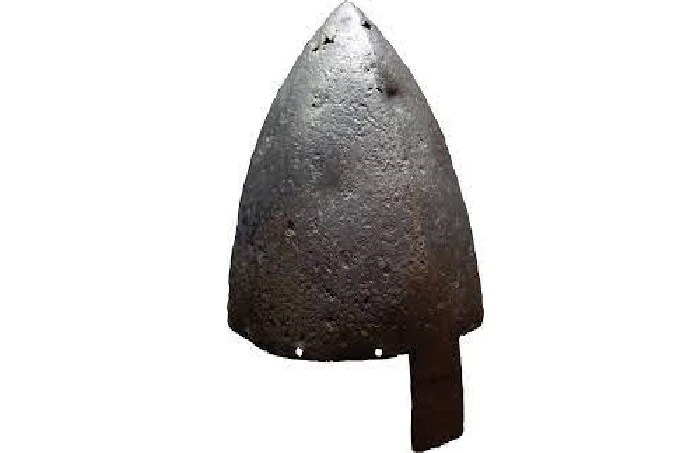
Nasal helmets, typically conical in shape, included a protruding bar covering the nose and protecting the face’s center. The helm style gradually supplanted the spangenhelms throughout the 9th century, and we can see them being worn by the Normans who fought at the Battle of Hastings under William the Conqueror.
We can also see these helms being worn by the Saxons who fought under Alfred the Great. The construction of the helmet could either be made out of a single sheet of iron or it could be made out of a composite material that was segmented.
